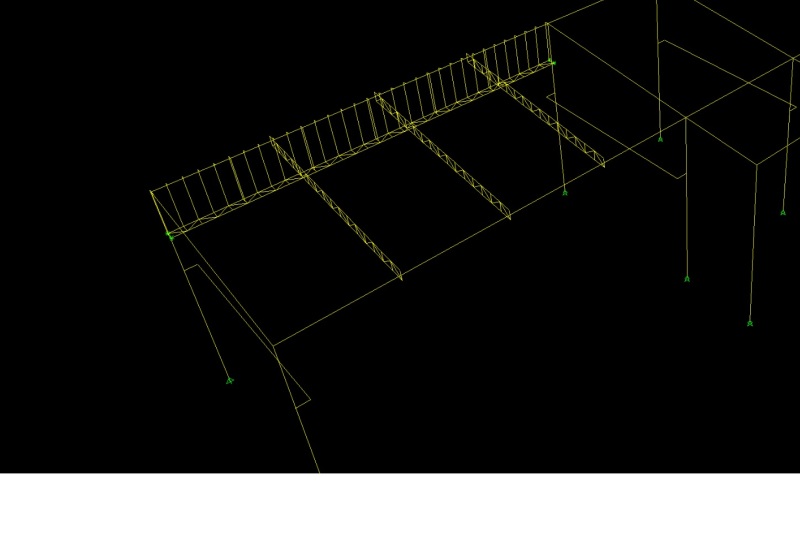i am designing a PEB shed as shown below , which contain the bay spacing 15.5m and i want to closed the wall upto 2m below from top so my question is that what shape is suitable for the girts design in Cold formed Cee section (maximum Cee section i can use 254-50-1.95).
back to back , double I shape ,Or LGS webbed beam parallel to wind which shape of girt will be better for this type of bay spacing ??
horizontal wind pressure is 1 KN/m^2.
what is horizontal allow able displacement for girts against wind???
[URL unfurl="true"]https://res.cloudinary.com/engineering-com/image/upload/v1454416499/tips/SNAP_SHOT_ieqngf.bmp[/url]
back to back , double I shape ,Or LGS webbed beam parallel to wind which shape of girt will be better for this type of bay spacing ??
horizontal wind pressure is 1 KN/m^2.
what is horizontal allow able displacement for girts against wind???
[URL unfurl="true"]https://res.cloudinary.com/engineering-com/image/upload/v1454416499/tips/SNAP_SHOT_ieqngf.bmp[/url]

